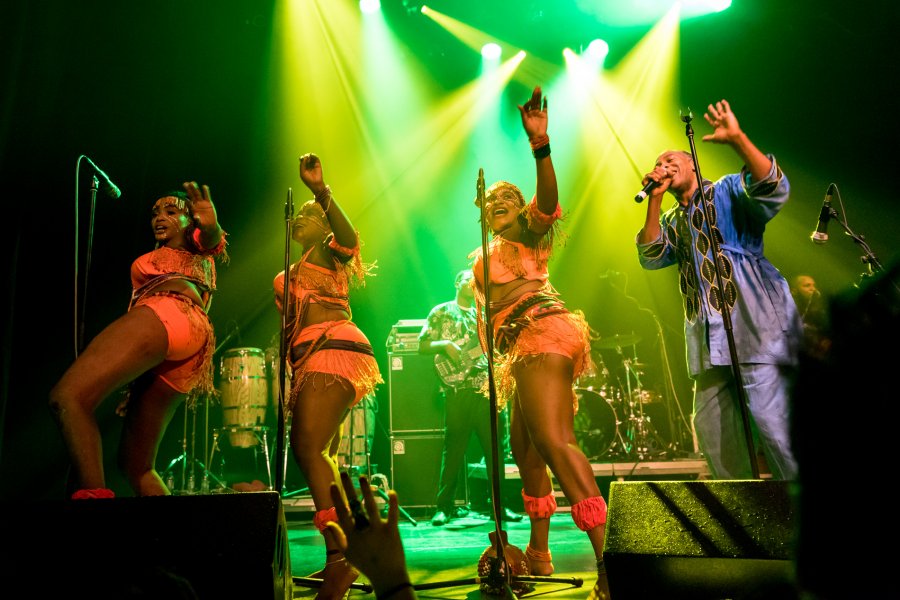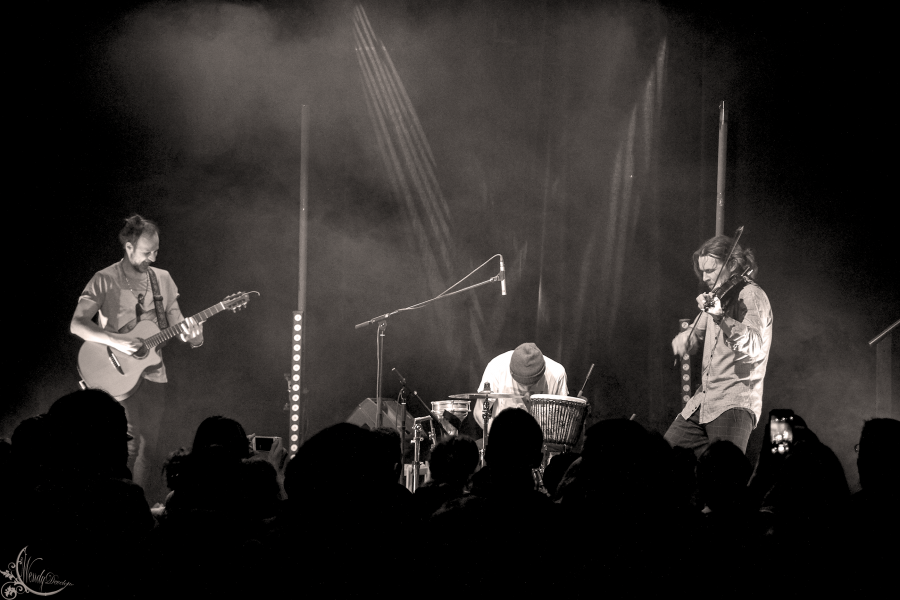Polynesian Music – Spirit of the Islands
The Hawaiian Hula, with its association with grass skirts and beautiful women, and the current popularity of the ukulele are two of the better-known examples of the music of Polynesia, a vast triangle with corners wrapping around the islands of New Zealand, Hawaii and Easter Island, encasing a mass of archipelagos in between. But Polynesian music has a fascinating style and deep tradition in its own right.
Each island has its own history, language and traditions. Despite the distance between the islands, Polynesians all set out from one home. Therefore, much of the culture has remained similar between all of the islands. Music is one of those elements which bears a resemblance throughout the whole territory; there is one principal type of Polynesian music, which has been fully embraced and recognised by other cultures around the world.
Polynesia - Musical Influences and Instruments
The Hula may be well known by the general public, but it holds a much deeper connection for the islander natives. The principle two types are “Hula Auana” and "Hula Kahiko". The original Hawaiian Hula, as would have been performed in the distant past on the islands of Hawaii before western influence, goes by the name Kahiko. Kahiko uses traditional instruments and tribal chanting to provide their musical accompaniment. A westernised and modern type of Hula is also practised; this is called Auana (Hawaiian for to drift /wander). Auana uses guitars, ukuleles and double basses to produce their music. The base of the Hula is made up by a chant or “mele”, the dances are then choreographed to back up the message of the “mele”.
Polynesian Music was highly influenced by the arrival of European and American missionaries, who had travelled to Polynesia in the 1790s, bringing with them the religious church music called hymns. This type of music used a layered harmony style of singing in order to achieve the correct type of sound, which differed vastly from the Polynesian polyphonic singing. Listening to the music produced across the islands, you can hear the influence of these “hymn” style vocal patterns.
The music of Polynesia is bright and lively and fuelled by the lyrics which often offer gratitude to the nature, the sea and animals. The dances which accompany them almost always compliment the lyrics; for example, lyrics about the ocean will be accompanied by arm wave motions, wind references will be spiralling hands through the air and so forth. Some of the traditional Polynesian instruments that are played throughout the islands have been listed below:
- Pu’ili’ – Or “The Bamboo Rattle”; these are a pair of long, split bamboo sticks. They create a distinctly natural rattling sound and are normally played by women.
- Ohe Hano Ihu’ – “The Bamboo Nose Flute”; This is an ancient instrument from the Hawaiian Islands. It is as you would imagine played through the nose.
- Puniu – These are coconut shells that are forged into knee drums as well as many other instruments and percussion pieces.
- Conch Shell – This shell was traditionally used to call or summon the people of the tribe. Also known in New Zealand as the “Putona”.
- Slit Drums – These are often made from hollowed bamboo or other types of logs and produce a unique sound. Despite their name, they are not true drums but idiophones
- Käla`au – These are tapping sticks which are used to produce a high pitched percussive beat. These are used in most Polynesian music and dance styles.
- Ipu – Otherwise known as Gourd drums. The come as a combined double drum (Ipu heke) or one single drum (Ipu heke ole). These are normally very pretty and traditional looking drums.
- The Jew’s Harp – This is a small instrument which fits in to your mouth and then the reed is plucked to produce a sound creating a very unique sound. This instrument appears frequently in Polynesian music. It is also called the “The Jaw Harp”.
- Ukulele – This small four-stringed instrument like a guitar can be heard extensively in Hawaiian music and is heard frequently throughout the world. It became popular in the United States one hundred year ago and has experienced a revival during the past 30 years, especially due to the huge commercial success of Israel "Big Iz" Kaʻanoʻi Kamakawiwoʻole and his version of the classic “Somewhere Over the Rainbow”.
Modern Polynesian Music
Some Polynesian bands and artists have become better known over the years, including Big Iz, Don Ho or the fantastically addictive Te Vaka.
Te Vaka is a group of eleven musicians and dancers from Tokelau, Tuvalu, Samoa, Cook Islands, and New Zealand formed in 1997. Te Vaka are the epitome of everything that is the brilliance of Polynesian music. Their music ranges from up-beat dances (their song “Pate Pate”, see below) or love songs such as “Tamahana” (which was the theme song for the film "The Legend of Johnny Lingo"). This band manages to consistently create native-inspired originality in a music world filled to the brim with passing fashions and crazes.
Most recently the band’s founder, lead singer and songwriter Opetaia Foa'i collaborated with the celebrated writer of musicals “Into the Heights” and “Hamilton”, Lin-Manuel Miranda, to produce the music for the new animated Disney movie “Moana” and the results were spectacular.
The band uses instruments such as the “pate” which is a type of slit drum hollowed out of a log, “pa’u” an indigenous goat skin conga and bass drums to achieve their unique sound. They also use a very powerful chanting singing style which helps to transport your mind straight to the islands where the songs have been written.
If you want to understand the Polynesian islands on a deeper level, their music is a great place to start!

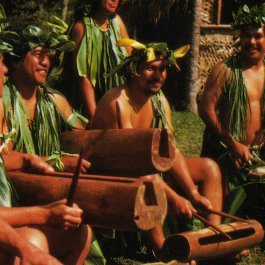
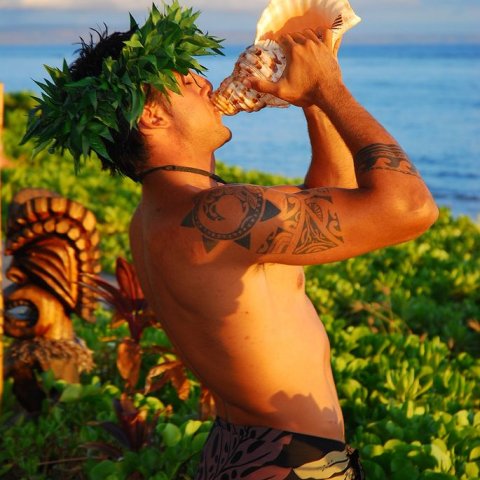
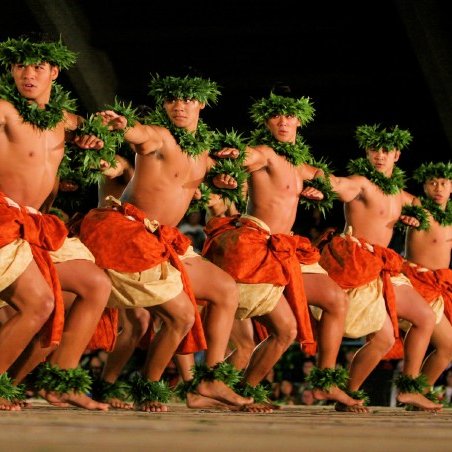
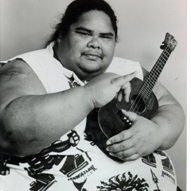
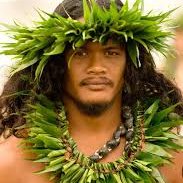

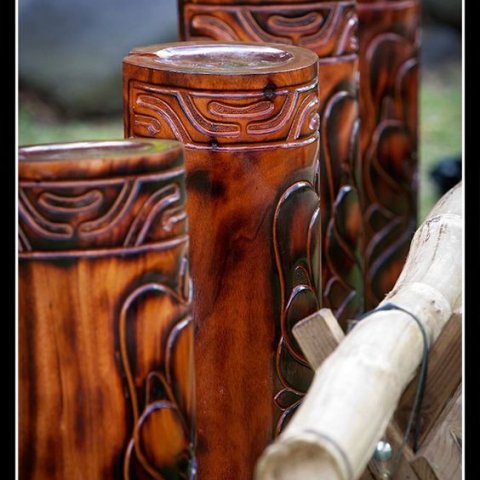
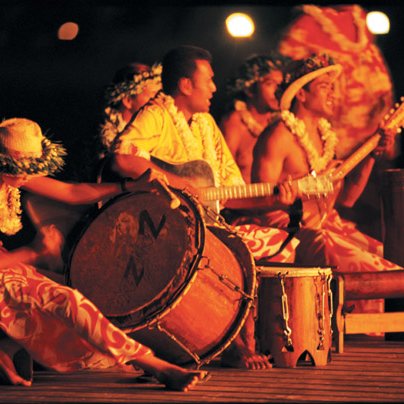
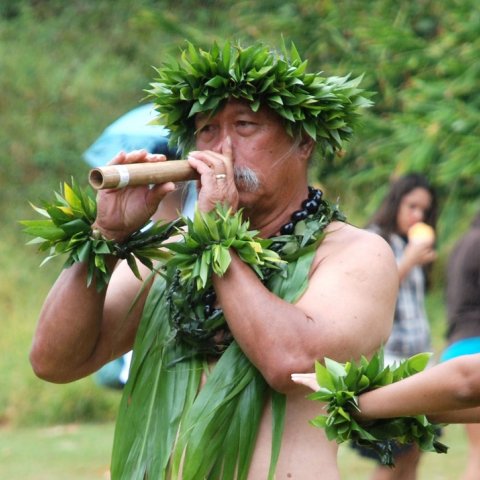
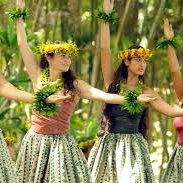
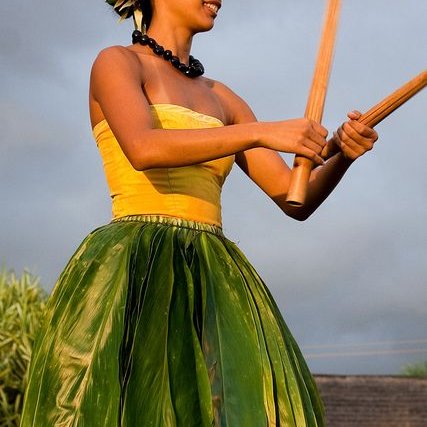
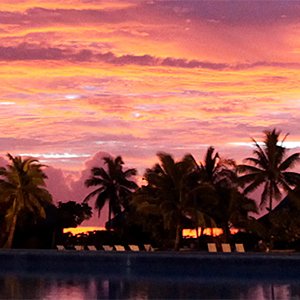
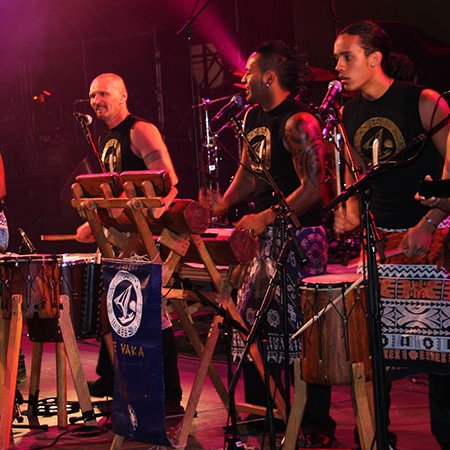
 Other blog items you might be interested in...
Other blog items you might be interested in...

